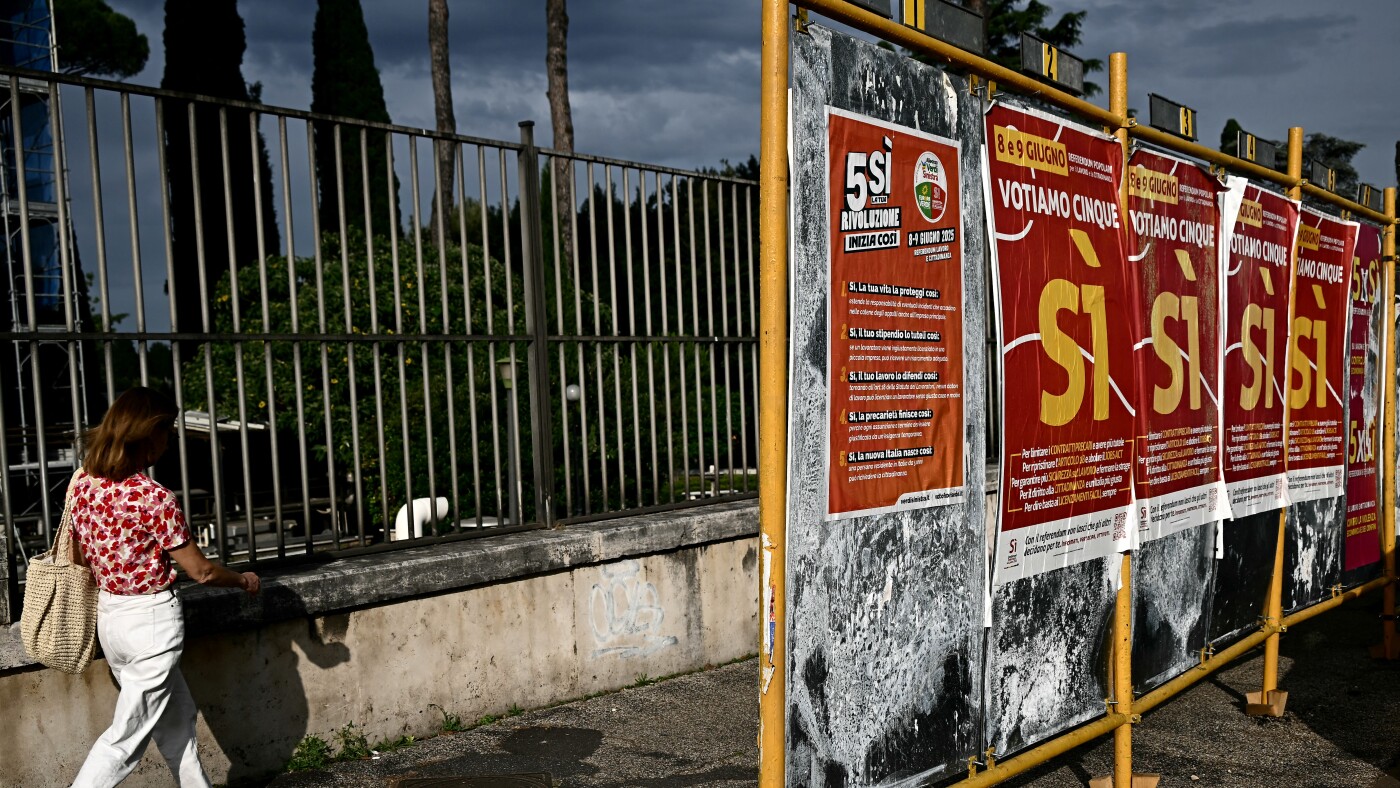The Italian Citizenship Referendum: A Closer Look at Low Turnout and Its Implications
In June 2025, Italy faced an important moment of political decision-making through a referendum that sought to reform citizenship and labor protections. The proposed changes aimed to ease the path for immigrant communities, especially children born in Italy to foreign parents, to acquire Italian citizenship and to strengthen job protections. However, the referendum ultimately faltered due to strikingly low voter turnout, a phenomenon that rendered the vote invalid by falling well short of the quorum threshold. This detailed analysis unfolds the background, dynamics, and consequences of this failed endeavor, revealing the complex interplay between public engagement, political campaigning, and policy reform in contemporary Italy.
—
Background of the Referendum: Reforming Citizenship and Labor Rights
The referendum centered on two key issues:
These proposals were generally championed by opposition parties and activist groups who viewed them as progressive steps toward inclusivity and social justice. Conversely, the governing coalition under Prime Minister Giorgia Meloni expressed skepticism and even encouraged abstention, positioning the referendum as a test of public support for their policies.
—
Unpacking the Low Turnout Phenomenon
The referendum’s failure was decisively tied to voter abstention. Turnout data consistently showed participation hovering around 22.7% to 30% over the two-day polling period — far below the required 50% plus one voter threshold necessary for validity under Italian electoral law.
Factors Contributing to Low Turnout:
– Public Apathy and Awareness: Multiple reports highlighted a general lack of enthusiasm and awareness regarding the referendum. Activists and pollsters noted that many voters were either unaware or indifferent to the issues at stake. A Demopolis institute poll conducted shortly before voting predicted turnout between 31% and 39%, presaging the eventual dismal figures.
– Government Strategy: The Meloni administration’s calculated choice not to participate or campaign strongly in favor of the referendum dampened public momentum. Her coalition’s open encouragement for abstention effectively hindered efforts to mobilize voters.
– Political Polarization and Fragmentation: The citizenship and labor questions touched on sensitive topics such as immigration policy, national identity, and workers’ rights, subjects often politicized in ways that alienated moderate or undecided voters. The divisive atmosphere may have pushed some to opt out of voting altogether rather than endorse a polarized stance.
– Competing Political Events: The referendum coincided with local elections and other political activities, potentially diluting voter focus and engagement.
—
Consequences of the Referendum’s Failure
The invalidated referendum has multi-layered repercussions for Italy’s political and social landscape:
—
Broader Context: Referendums as a Democratic Instrument in Italy
Italy has a long tradition of using referendums to decide crucial social and legal questions. However, the strict quorum system means that low turnout can nullify potentially majority-supported reforms. This dynamic raises questions about the efficacy of referendums in shaping policy and whether alternative civic engagement tools might be necessary.
Moreover, the citizenship referendum case illustrates how political strategy can influence democratic participation, with governing parties leveraging abstention tactics to secure favorable outcomes indirectly.
—
Conclusion: Lessons from the 2025 Italian Citizenship Referendum
The 2025 referendum vividly demonstrates how voter turnout critically shapes the fate of key political reforms. Despite the tangible benefits that citizenship reform and labor protections might have offered to marginalized communities, pervasive apathy, strategic abstentions, and fragmented political messaging rendered the vote ineffective.
Moving forward, Italy faces the challenge of reinvigorating its democratic processes to ensure that essential policy debates reach and resonate with the public. For advocates of citizenship reform and social justice, the path may require deeper grassroots engagement, clearer communication, and broad coalition-building to overcome barriers to participation.
Ultimately, the failed referendum serves as a stark reminder: in democratic governance, the power to enact change lies not only in the proposals themselves but in the collective will of a mobilized and informed electorate.


